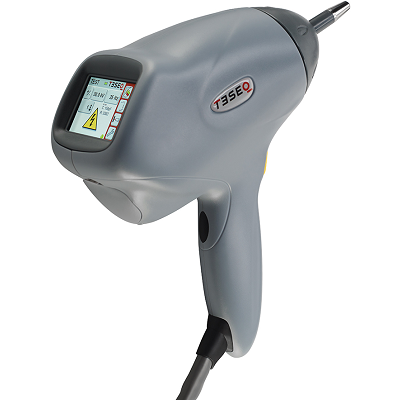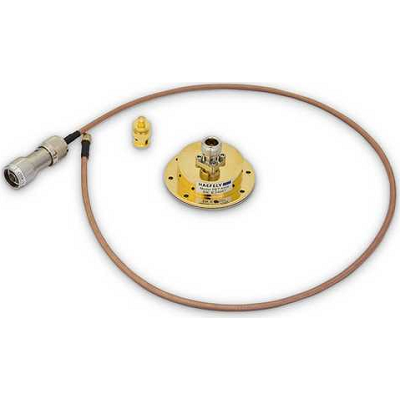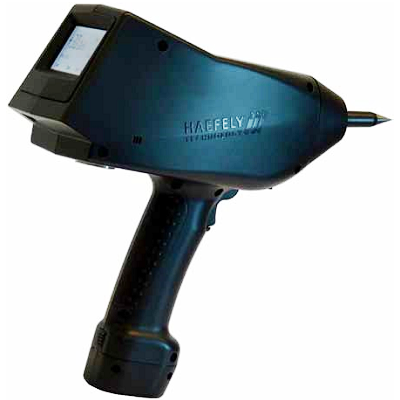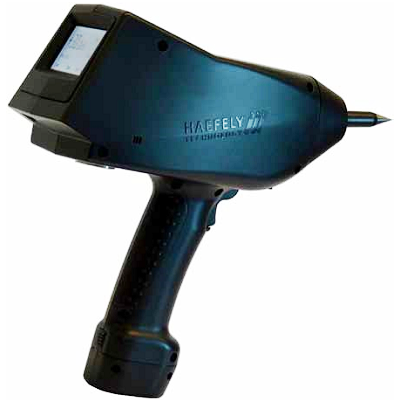Electrostatic Discharge (ESD)
Applicable Test Standard
International Electrotechnical Committee (IEC)
IEC/EN 61000-4-2: Electromagnetic Compatibility (EMC) – Testing and Measurement Techniques – Electrostatic Discharge Immunity Test
Electrostatic Discharge is a high voltage event from the release of electrical energy caused by static electricity or electrostatic induction. ESD can cause permanent damage to electronics and integrated circuits.
There are three models for assessing the survivability/susceptibility of electronic devices to ESD:
1. HBM - Human Body Model
2. MM - Machine Model
3. CDM - Charged Device Model
IEC 61000-4-2 is the series of specifications used to test the susceptibility of electronic devices to ESD. It embodies the guidelines and requirements for the test cell geometries, generators, test levels, discharge rate and waveform, types and points of discharge, and functional criteria for gauging product survivability. The purpose is to establish a benchmark for testing - Testing methods and standards are set for Direct Discharge and Air Discharge.
Contact Discharge – Discharge via contact with a conductor. Preferred test method; more stringent.
Air Discharge – Discharge without direct contact and used only in special circumstances. For example, when the metal (conductive) part of a remote control is covered in insulation.
Electrostatic Discharge Test Levels
| Contact Discharge |
Air Discharge |
| Level |
Voltage/kV |
Level |
Voltage/kV |
| 1 |
2 |
1 |
2 |
| 2 |
4 |
2 |
4 |
| 3 |
6 |
3 |
8 |
| 4 |
8 |
4 |
15 |
| X |
Special |
X |
Special |
ESD and Surge Differences
|
ESD |
Surge |
| Specifications |
IEC 61000-4-2 |
IEC 61000-4-5 |
| Features |
High – Voltage, Low Current |
High –Current, Low – Voltage |
| Energy |
(Micro-joule) |
Large (Joule) |
| Time |
0.7~1.0nS |
8x20 or 10x1000µS |





